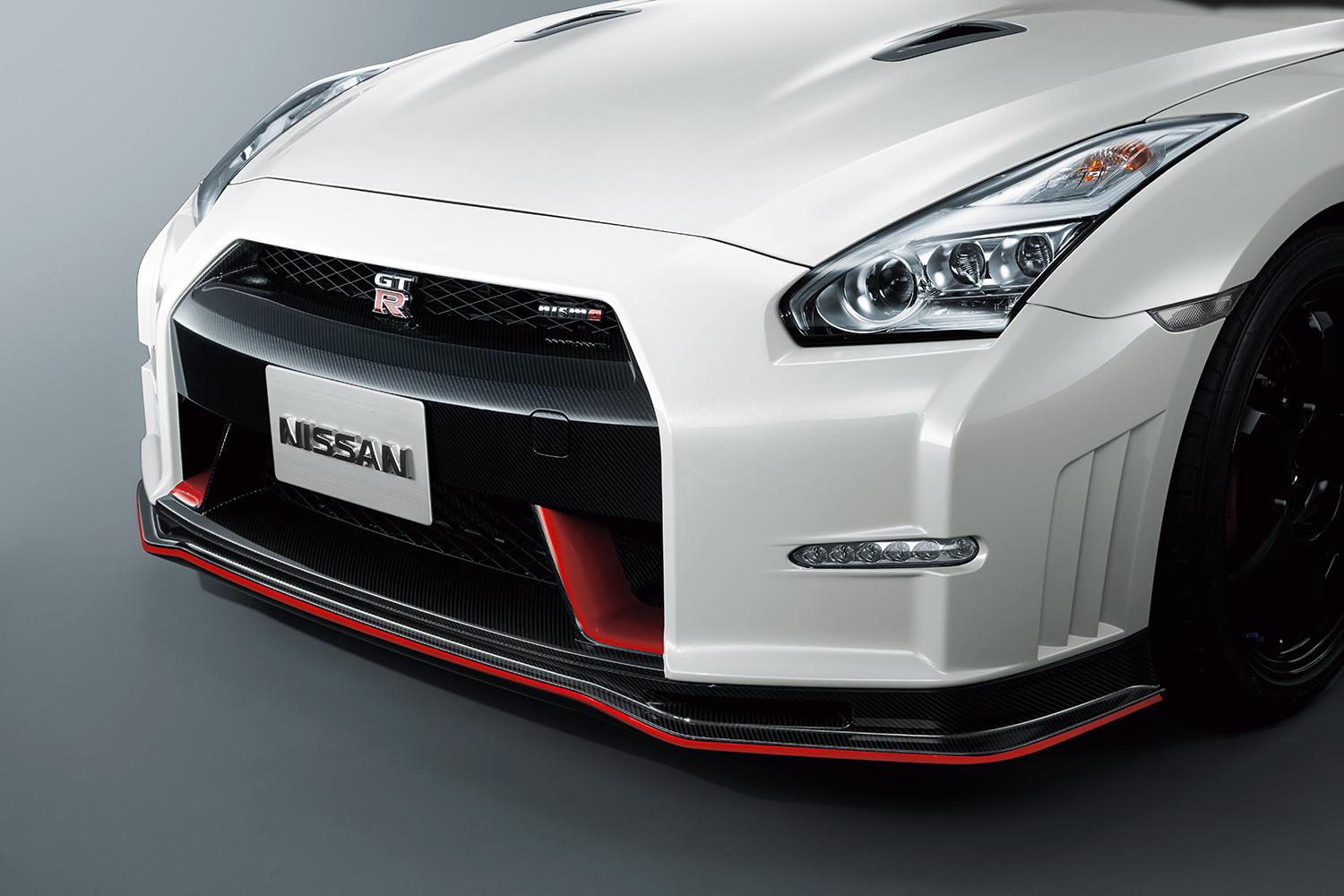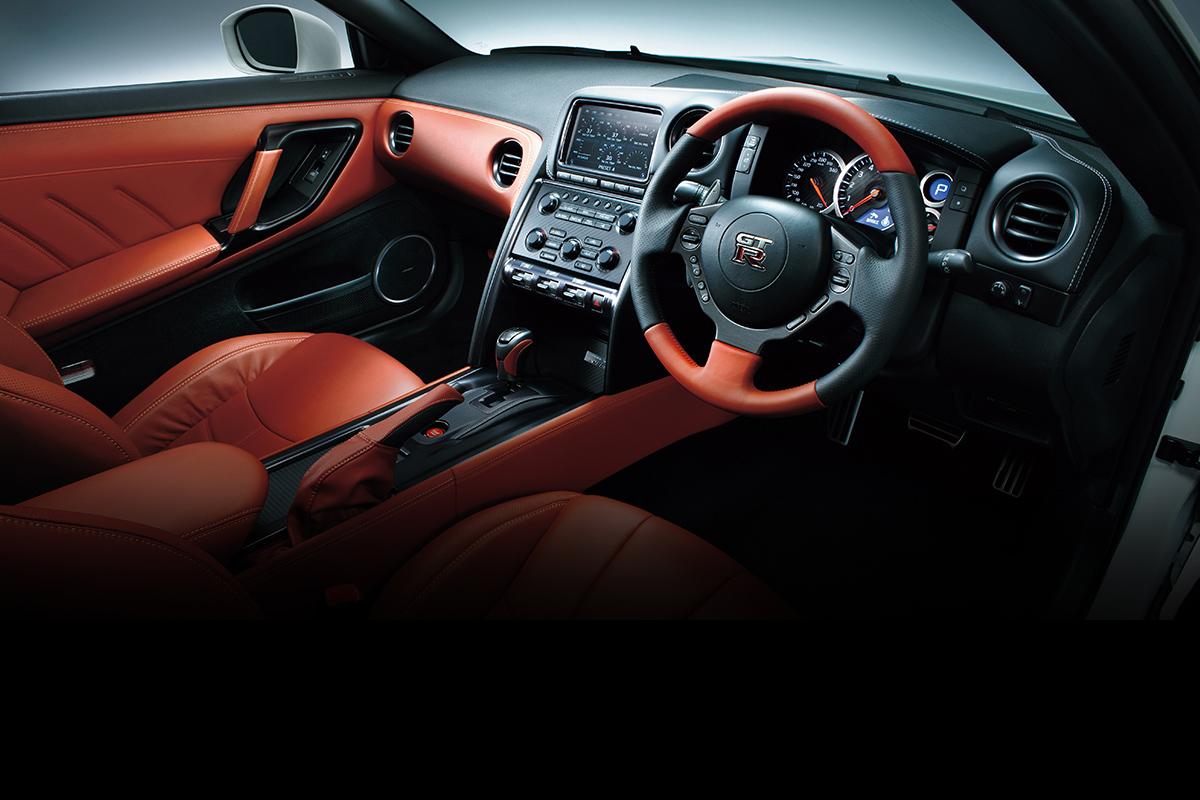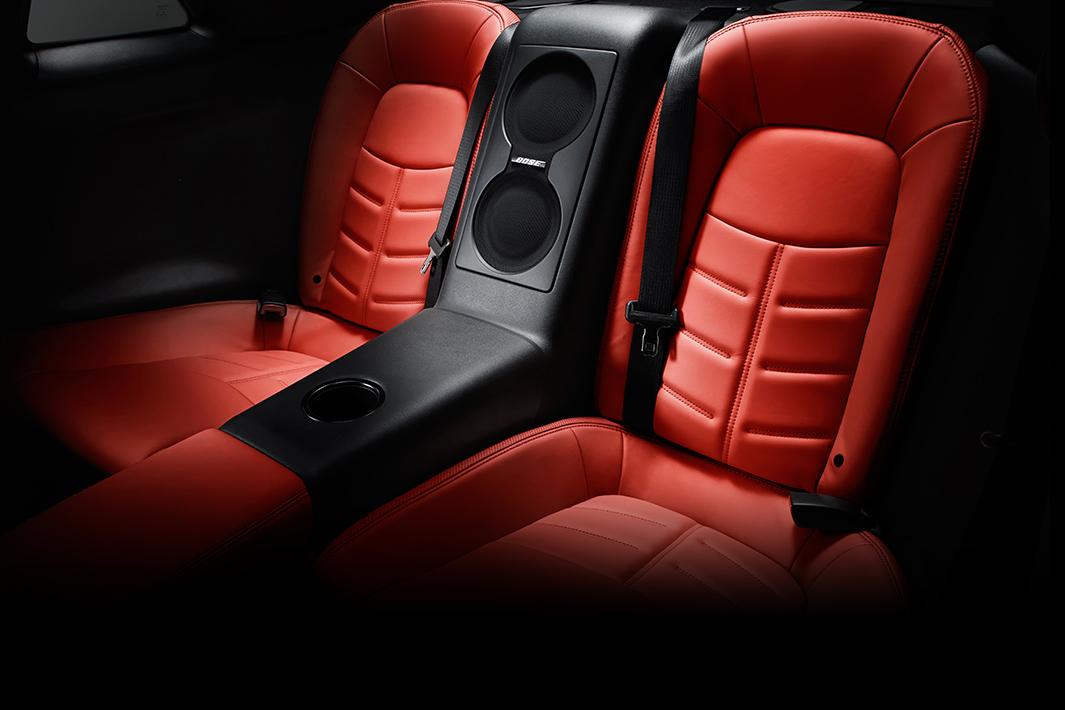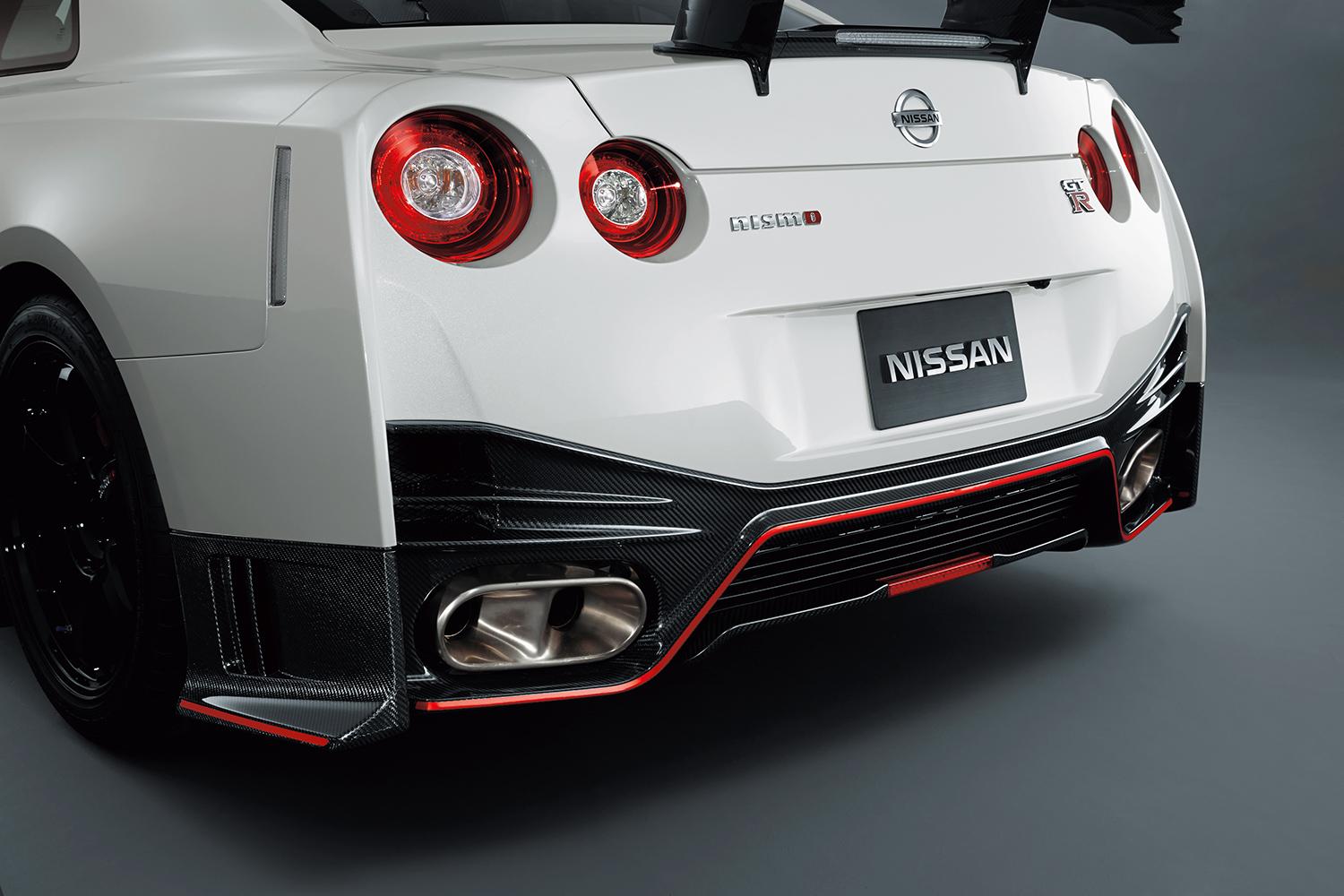The 2015 Nissan GT-R NISMO isn’t quite as value-friendly as the GT-R has been in the past, but it’s faster and more nimble than ever before.
After only 15 minutes of seat time with the all-new, $150,000 Nissan GT-R NISMO, I’m starting to wonder why anyone buys quarter-million dollar supercars anymore.
NISMO, Nissan’s high-performance arm (think Mercedes’ AMG or BMW’s M division), has created one of the fastest cars in the world for a relative bargain. Think about it this way: for just about the same money as the GT-R NISMO, buyers can get an Audi R8 V10. Yes, the R8 has more street cred, but it’ll lose in a head-to-head race with the GT-R …. every single time.
Speed through subtleties
For 2014, Nissan took the necessary measures to improve GT-R owners’ biggest complaint: interior refinement. While I appreciated the improvements, it’s still hard to say that the GT-R is on par with other $100,000 sports cars on the market. In terms of performance, however, the GT-R outshines supercars that are twice the money – and then some.
For 2015 year, the introduction of the NISMO model dials the go-fast figures up even further, creating an ultimate – and perhaps final – version of the supercar before it gets redesigned next year.
Unfortunately, this quick spin didn’t include any track time. However, it did include a back-to-back comparison with the “Track” trim of the standard GT-R, and the differences were pretty obvious.
First and foremost, there are a few styling differences that will immediately set the NISMO apart from the other Godzilla (the GT-R nickname) variants on the road. The NISMO brand makes tasteful use of red trim bits, which can be seen in both the front and rear. There’s also a special wing spoiler, set of wheels, and optional titanium exhaust – a NISMO exclusive that looks and sounds more aggressive – all of which should scream to onlookers that this is no standard, slouchy GT-R; this is a purpose-built, track-focused spine mangler.
In terms of performance the GT-R outshines supercars that are twice the money – and then some.
In stark comparison to many of the GT-R’s competitors, it offers a rear seat and a proper trunk. Admittedly, they’re both cramped – even on a good day – but the extra space is a luxury that buyers just won’t find in most other supercars.
Roll the car onto the asphalt, and you’ll find a less restrained vehicle than the GT-R has ever been in the past. The dual-clutch automatic still feels a little unrefined, but it gets the job done. However, the hand-built, twin-turbocharged 3.8-liter V6 engine puts down a massive 600 horsepower and 481 pound-feet of torque – up from the already enormous 545 hp on the base model.
Once those turbos spool, the experience falls categorically into supercar territory. Head pinned and knuckles white, the GT-R NISMO’s launch from zero is sphincter-clenching moment … 100 percent of the time. That’s what 0 to 60 in 2.9 seconds will do to you.

Thanks to its sophisticated all-wheel-drive system and a dedicated computer to support that system, the drama ends almost immediately after that. Traction is immense around cloverleaf turns and twisting roads, and the GT-R feels almost lazy, underwhelmed on surface streets. In the NISMO model, the GT-R’s suspension has been stiffened and retuned significantly. These suspension tweaks can be quickly felt in sweeping, high-speed turns.
Otherwise, the GT-R NISMO remains perhaps the most practical two-door supercar on the market, even despite its stiff ride. It’s a large car, and at least the front two passengers can sit comfortably in its soft, but supportive seats, as well as toss their weekend bags into the trunk. And, unlike its competitors, you can toss the kids in the back, too.
Conclusion
While the 2015 Nissan GT-R NISMO may not be the most refined supercar on the market, it remains the quickest car money can buy, even as its price climbs to $150,000.
It’s probably fair to say that this model has started to lose a little in terms of its value statement, especially compared to the “slower” early models that cost less than half that when they were new.
The fact that it can keep up with the Porsche 911 Turbo S, Ferrari 458, Lamborghini Huracán, and McLaren 650S in a straight line and around the track, however, still makes the Nissan GT-R NISMO one of the most interesting purchases a supercar buyer can make.
Highs
- Faster than cheaper than anything else for the same money
- Incredible traction
- The most trackable version of the GT-R
Lows
- Design beginning to look vintage
- Interior quality not quite up to snuff
- Clunky transmission noises






